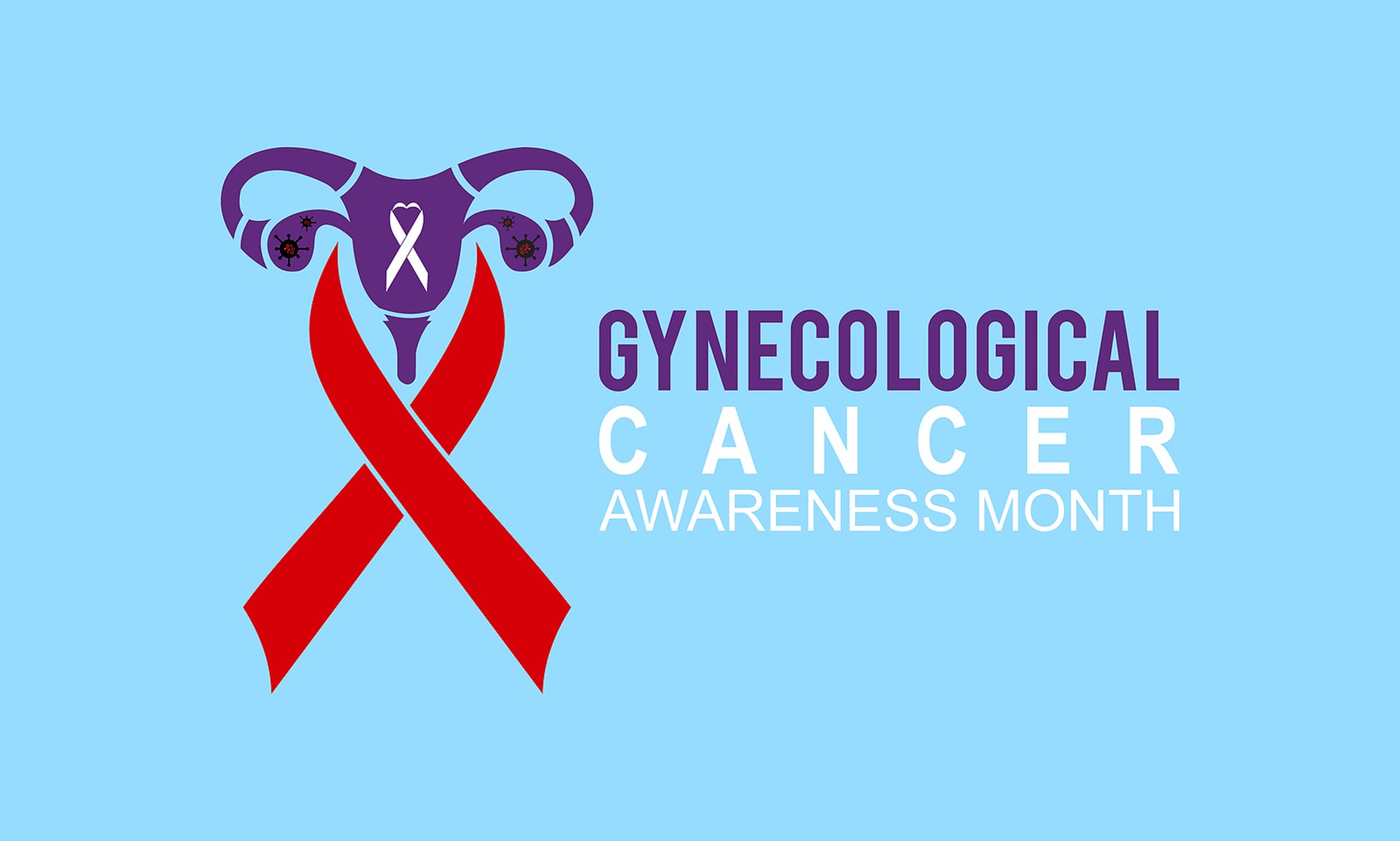Back
Gynecological Cancer Awareness Month
By Dr. Zarina Vitebsky, DPT, MSPT, PRPC, TPS, LPF, DN on 9/25/2023

*Updated on 1/16/23
As the kids go back to school and the weather cools down, we are able to welcome September, which has been coined as Gynecological Cancer Awareness Month. The five main types of gynecologic cancer are: cervical, ovarian, uterine, vaginal, and vulvar (A sixth type of gynecologic cancer is the very rare fallopian tube cancer).
Each type of gynecological cancer presents with its own subset of symptoms which can overlap and vary in presentation. General signs and symptoms include:
Abnormal vaginal bleeding / discharge
Difficulty eating, severe bloating
Pelvic pain or pressure (common for ovarian and uterine cancers)
Increased frequency or urgency to urinate and/or constipation (common for ovarian and vaginal cancers)
Itching, burning, pain, or tenderness of the vulva, and changes in vulva color or skin, such as a rash, sores, or warts (common in vulvar cancer)
It is best to keep in mind that the signs above are also linked to many other pathologies, and it is best to seek the opinion of a medical doctor prior to linking symptoms to diagnosis.
Treating the cancer itself with an oncology/ urogynecology team is the top priority. However, after treatment, it is important to seek pelvic physical therapy for the potential aftermath of treatment. Radiation has been studied to negatively affect the function and integrity of pelvic floor muscles, and excisions may result in damaging pelvic floor muscle innervation, contributing to urinary and fecal incontinence.
Pelvic floor physical therapy after gynecological cancer treatment can address urinary incontinence, pelvic floor pain and discomfort, and pain with intercourse.
Some potential treatments include:
Urinary incontinence can be treated with pelvic floor lengthening / strengthening, postural re-education, abdominal and lower extremity strengthening
Pelvic pain can be treated with improving breathing mechanics, myofascial therapy, addressing musculoskeletal dysfunction, and graded exercise
Sexual dysfunction can be addressed through pelvic floor lengthening / strengthening, referral to sexual or cognitive behavioral counseling, education, lubrication, positional modifications, dilation, and pelvic floor neuromuscular re-training
Pelvic floor physical therapy can be considered an effective, conservative treatment option for side effects of pelvic cancer treatments.
If you’re experiencing pelvic dysfunctions after gynecological cancer treatment and are medically clear to begin physical therapy, please email us at contact@pelvichealthnj.com or call us at 908-443-9880 to discuss what we can do to help you manage your symptoms.
Read More:
Dry Needling for C-Section Scars and Postpartum Recovery By Dr. Christine Martirez PT, DPT on 10/15/2024 Learn how dry needling can be used for c-section scars and c-section recovery How Red Light Therapy Can Be Used to Treat Pelvic Floor Dysfunctions By Dr. Christine Martirez PT, DPT on 10/15/2024 Learn about red light therapy and how it can be used to treat pelvic floor dysfunctions
Are you ready to live pain free?
Request An Appointment